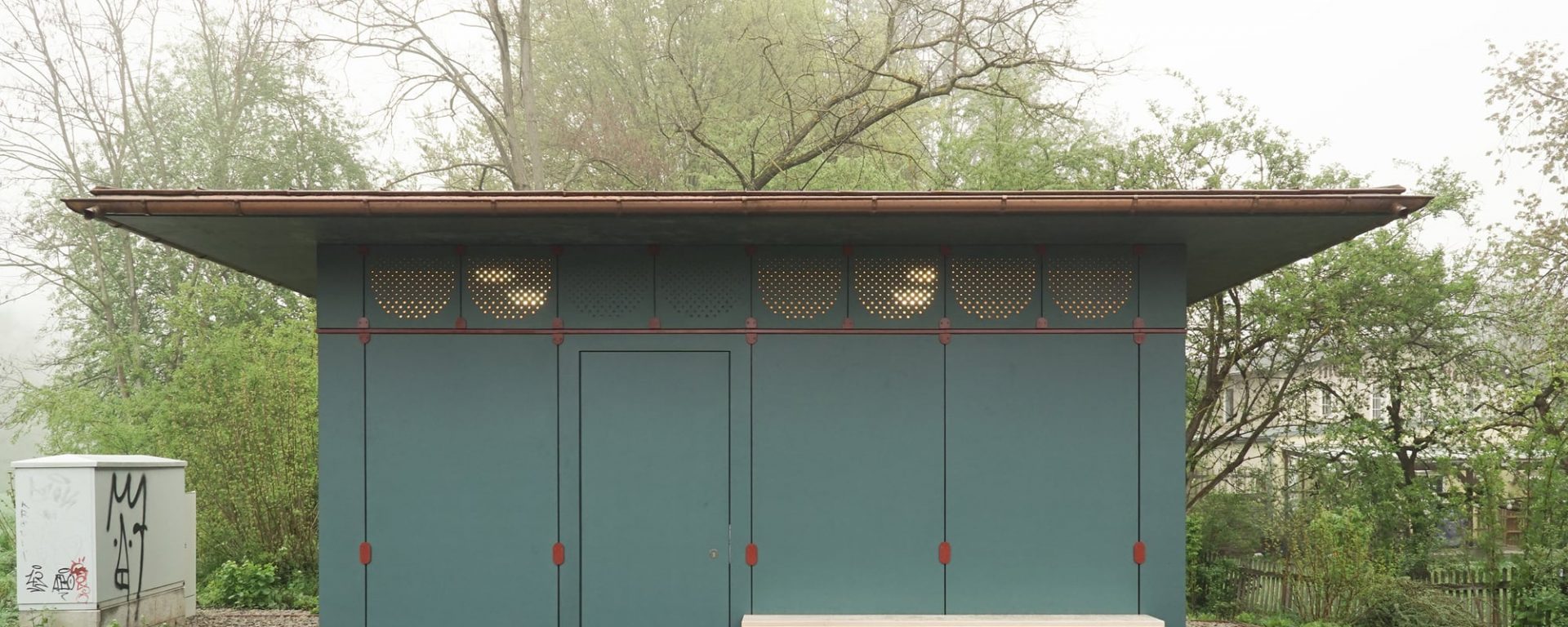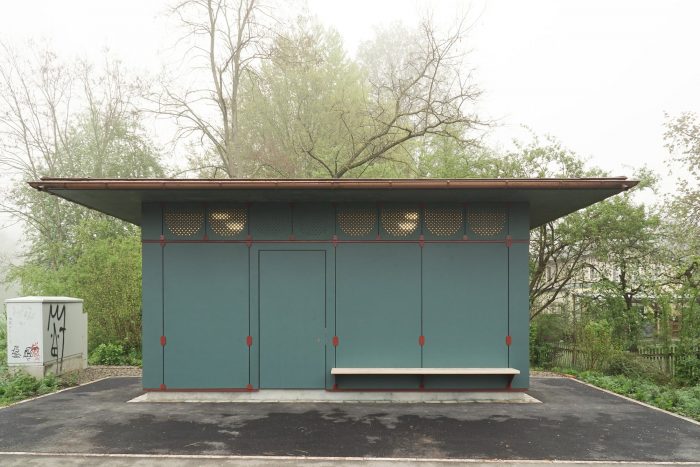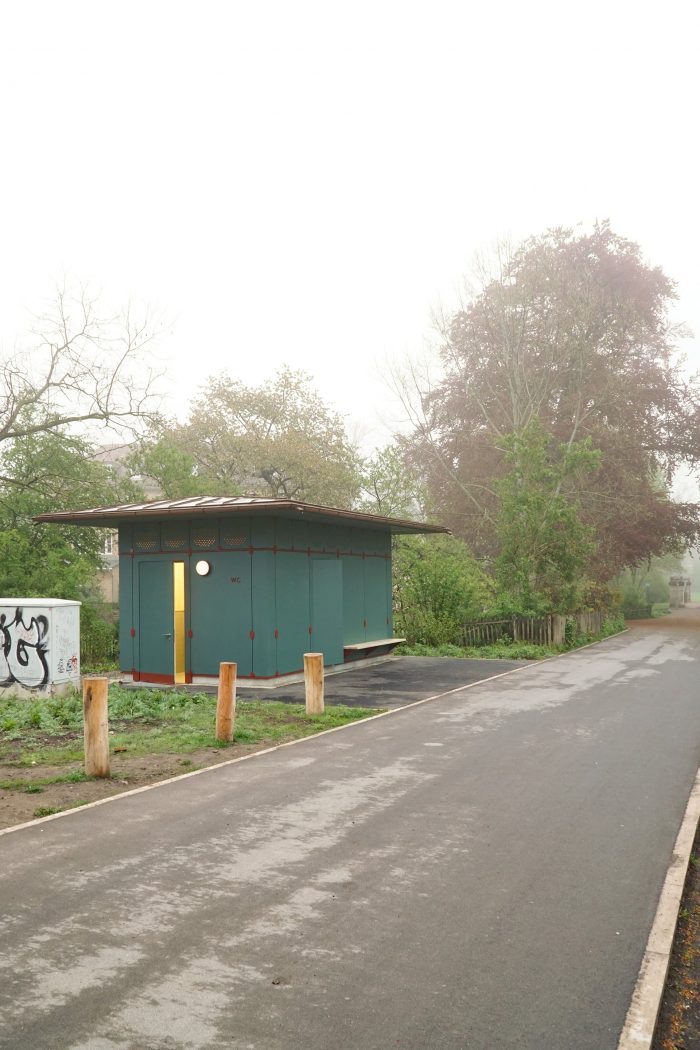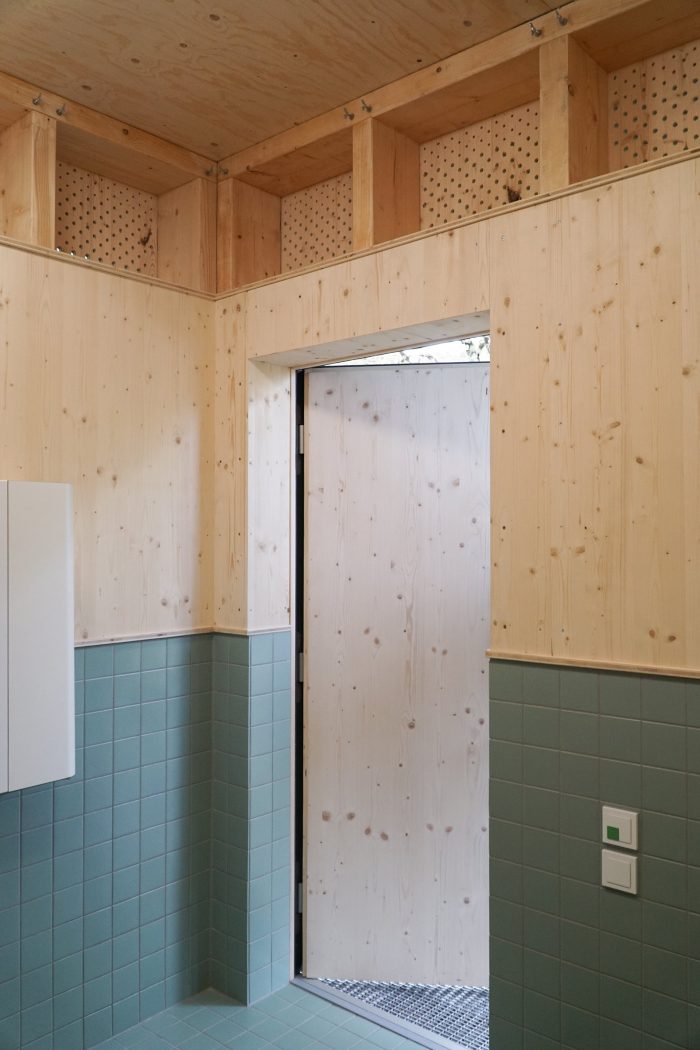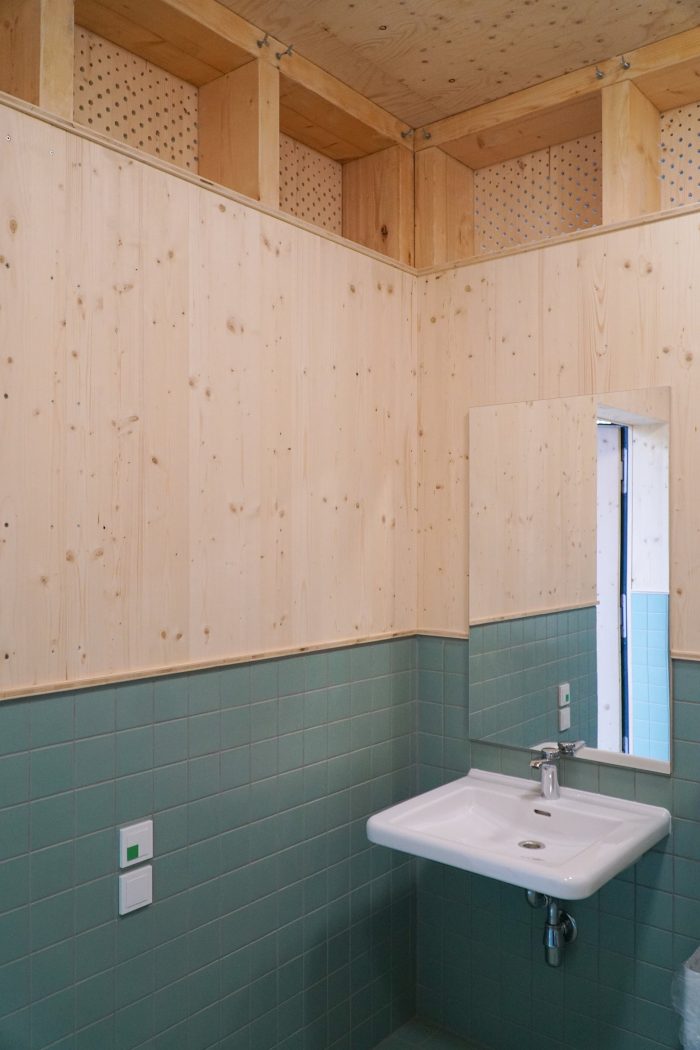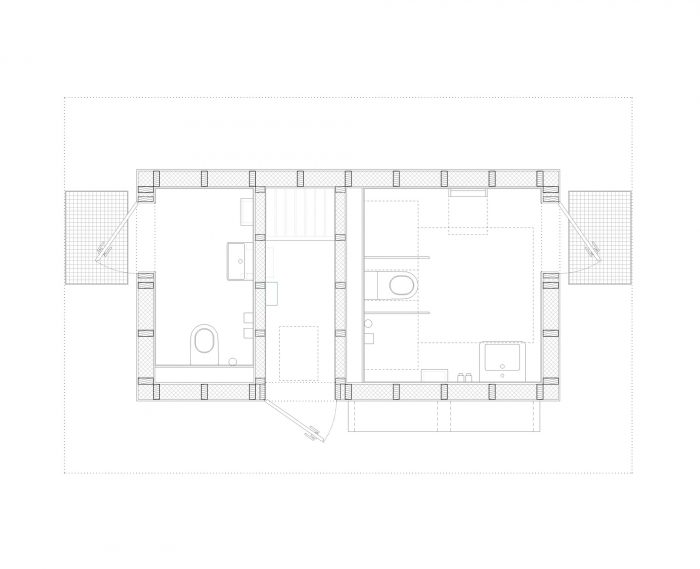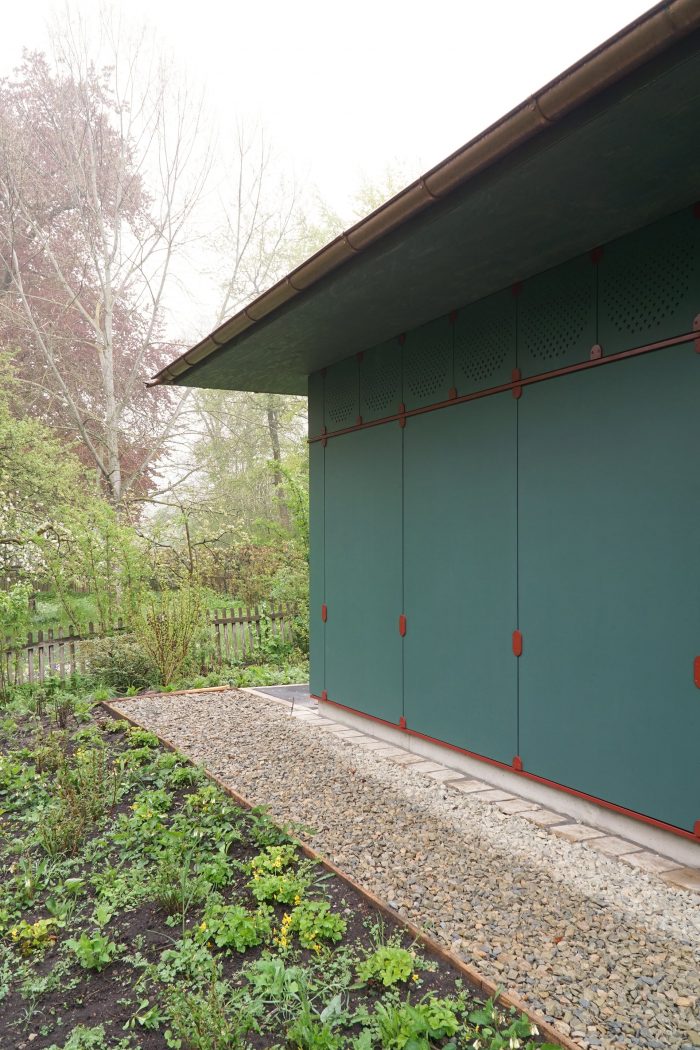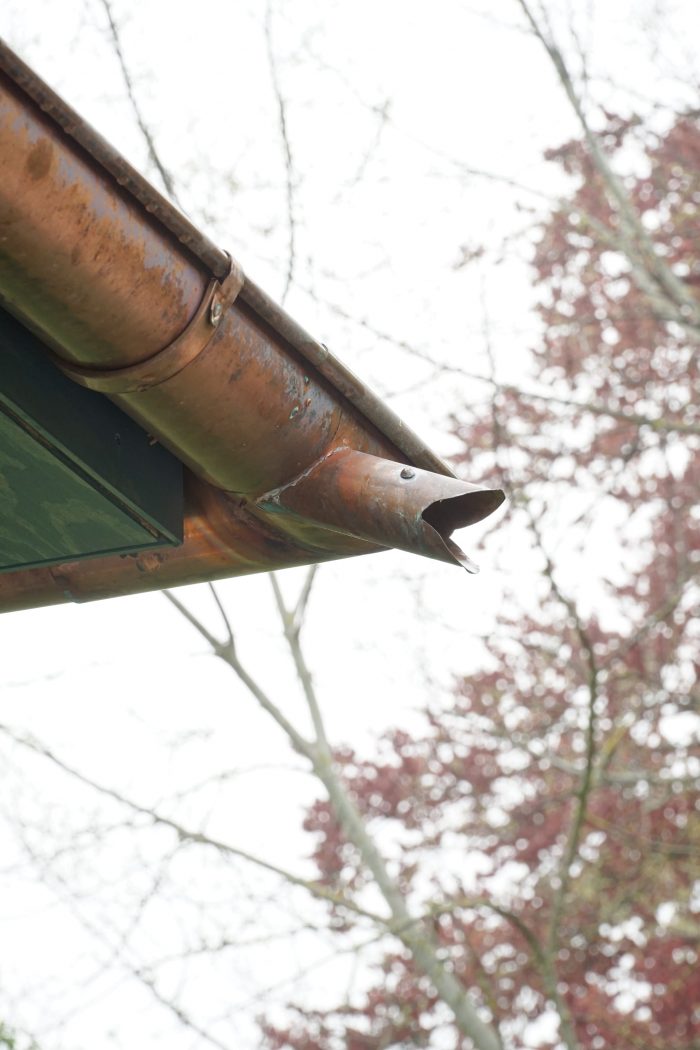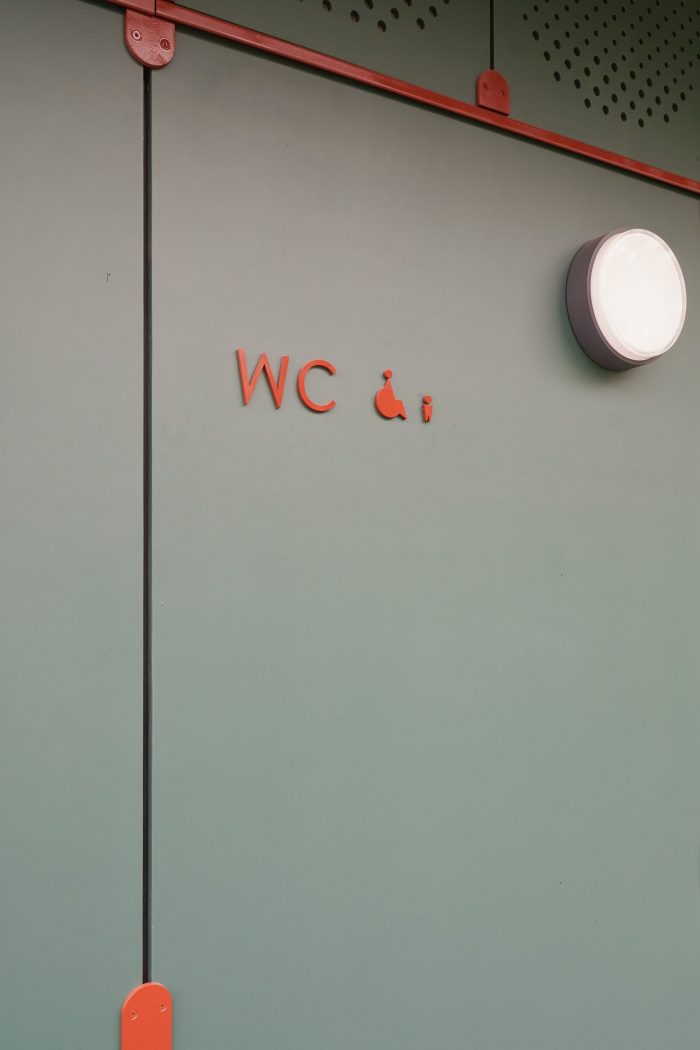回顾我们城市的历史–因此也包括公园–我们可以确定,所谓的街道家具比今天发挥了重要作用。如今,这些元素的无烟煤颜色的油漆在公共空间中造成了隐蔽性。设计形状的意图不再是可以确定的。长椅、垃圾桶、电话亭和德国所谓的 “Bedürfnisanstalten”–在过去比今天更容易被理解和设计为公共空间的家具。
Looking back in the history of our cities – and thus also parks – one determines that so-called street furniture played a major role than today. Nowadays often anthracite-colored paintwork of these elements is causing invisibility in public spaces. An intention of a designed shape is no longer ascertainable. Benches, dustbins, phone boxes, and in German so-called “Bedürfnisanstalten“ were – in the past much more than today – read and designed as furniture of the public space.
对这些物体的艺术处理比今天更具有反思性。公共空间的物体通过其建筑表达方式唤起了一种城市的品牌效应。今天,你仍然可以在欧洲城市看到这一点;一个例子是维也纳。城市的家具构成了潜意识中的背景,或者更好的是,构成了发生在它面前的公共生活的风景。
The artistic handling of these objects was much more reflective than today. Objects of public space were evoking a kind of branding for cities through their architectural expression. You can still see this in European cities today; an example is Vienna. The city’s furniture forms the subconsciously perceived background or, better, the scenery of the public life that takes place in front of it.
该公厕位于 “Park an der Ilm”,是世界文化遗产的一部分。它试图将 “公共厕所 “变成比工业化生产的功能建筑更多的东西。对历史模型及其连接进行了分析,并将其转化为适当的现代语言。
The public toilet is situated in the ‘Park an der Ilm’, which is part of the world’s cultural heritage. It attempts to turn the “public toilet” into something more than an industrially manufactured functional building. Historical models and their joining were analyzed and translated into an appropriate, contemporary language.
该结构被划分为底座、轴和屋顶等经典元素。这些元素不仅是设计元素,而且还相互服务。全方位的混凝土底座保护了外墙的皮肤免受水的溅射。在机舱内,直到1.20米高的瓷砖使清洁不受限制。在木质框架结构中规划了支撑物。经过颜色处理的实木板被用作建筑的加固元件和表面。在内部,这些都保持着自然状态。外墙部分是由喷漆的钢型材连接的。
The structure is divided into the classic elements of base, shaft, and roof. These elements are not only design elements, but also serve each other. The all-around concrete base protects the skin of the facade from splashing water. In the cabin, tiles till 1.20 m in height enable unrestricted cleaning. The shoring was planned in timber frame construction. Color-treated solid wood panels are used as the stiffening elements and face of the building. On the inside, these are left in their natural state. The facade parts are joined by painted steel profiles.
因此,螺丝图案没有被隐藏,而是以其精细的配方强调了外墙的结构。这些节点是对以前维也纳 “Bedürfnisanstalten “的连接细节的追忆。屋顶是由两块大的胶合板制成的,它悬空于外墙95厘米,为游客遮挡雨水。它通过一个铜制的覆盖物保持其形状。公园厕所的设计还包括专门为其设计的石像和标志的特殊形成。
The screw pattern is therefore not hidden but emphasizes the structure of the facade with its fine formulation. The nodes are a reminiscence of the former details of the connection of Viennese “Bedürfnisanstalten”. The roof, which overhangs the facade by 95 cm and protects the visitor from rain, was made of two large glulam panels. It preserves its shape from a copper-made covering. The design of the park toilet went as far as the special formation of the gargoyles and signage, which was specially designed for it.
Architects: Naumann Wasserkampf Architekten
Area : 15 m²
Year : 2022
Photographs :Max Wasserkampf
Manufacturers : GRAPHISOFT
Structural Engineer : Statik Ludger Hottenrott
Design Team : Julia Naumann, Max Wasserkampf, Pascal Schettki
Building Services : Ingenieurbüro Hirsch
City : Weimar
Country : Germany

